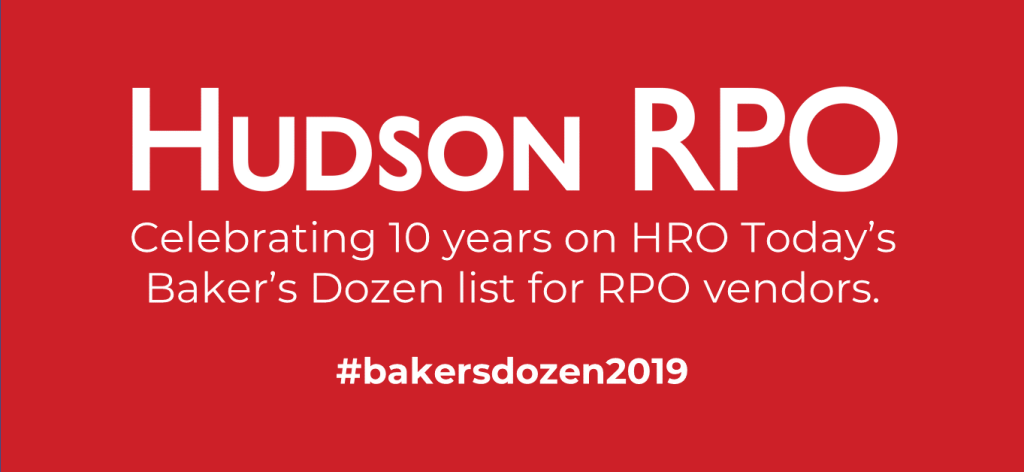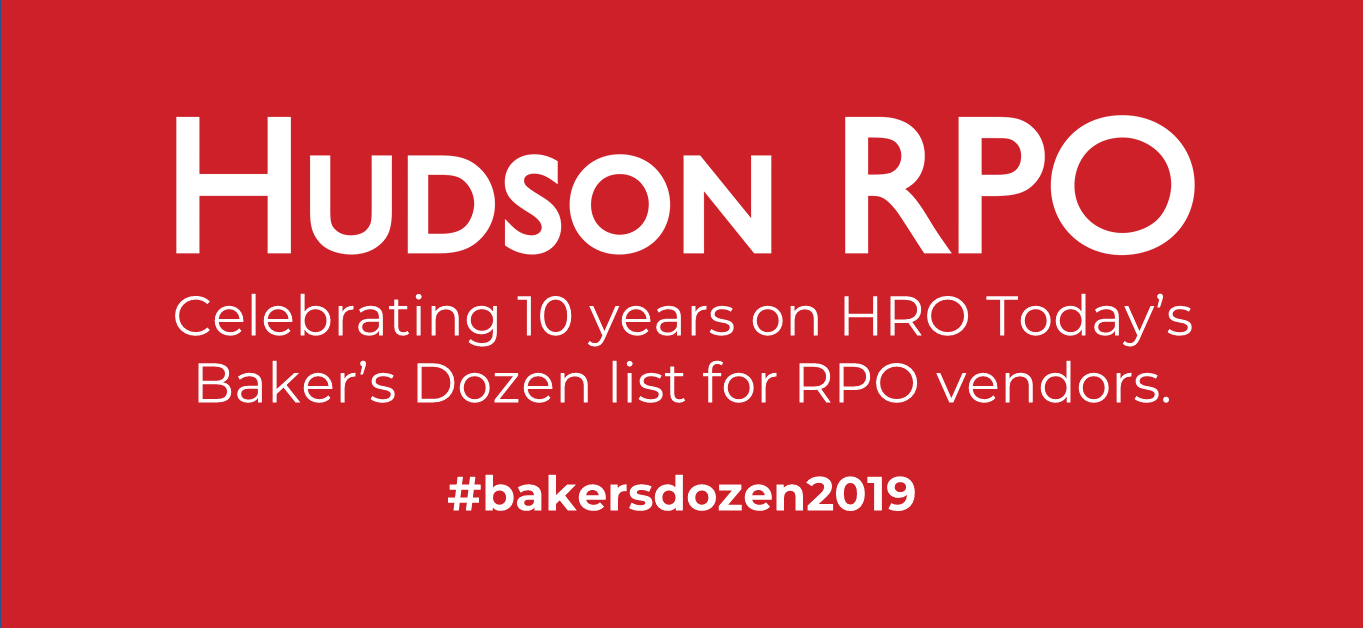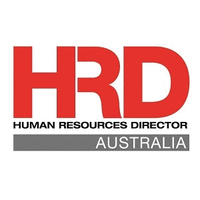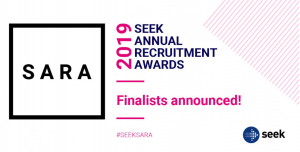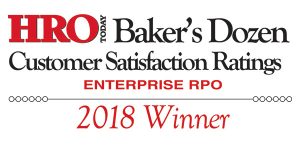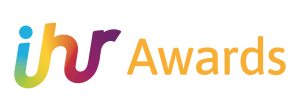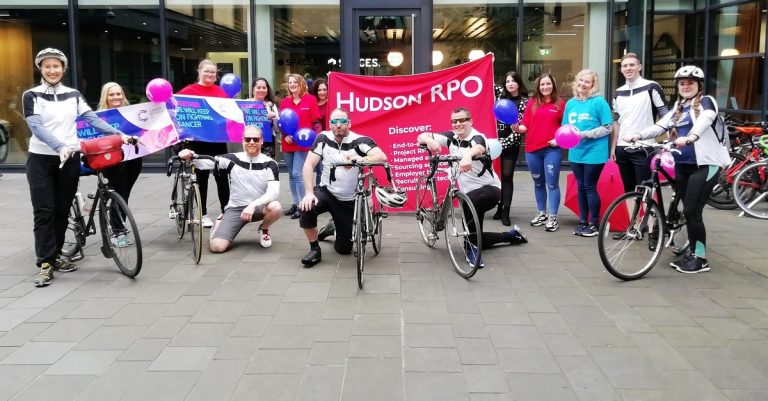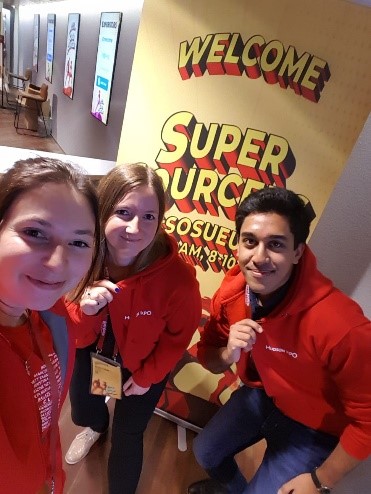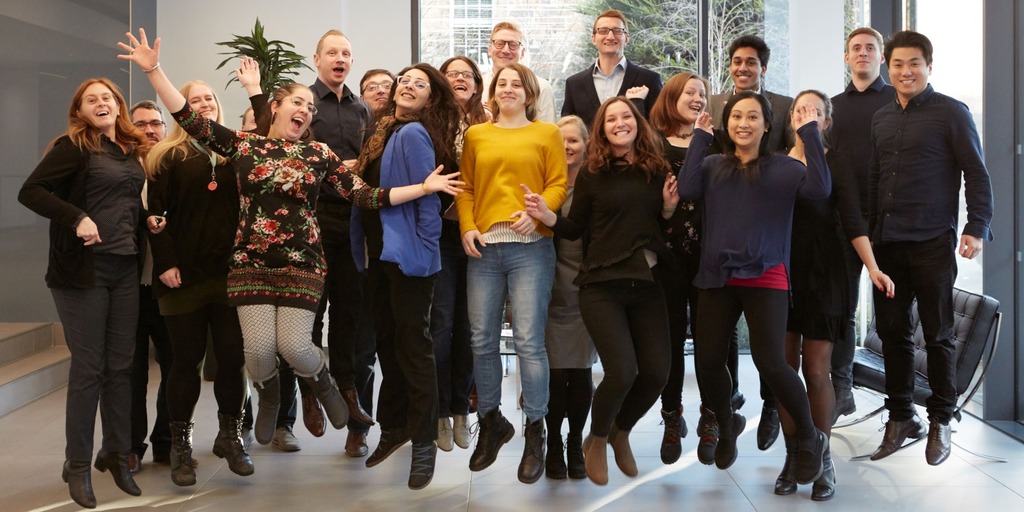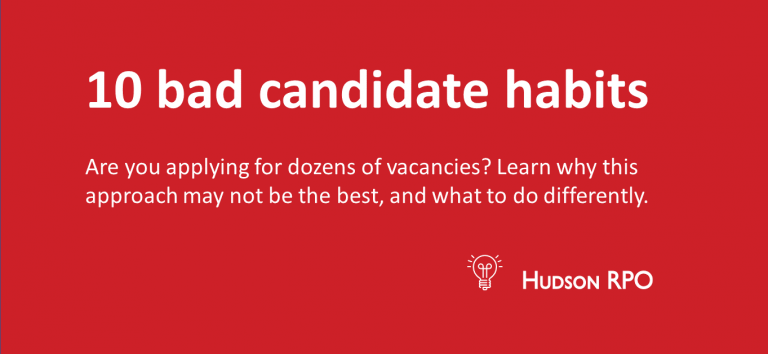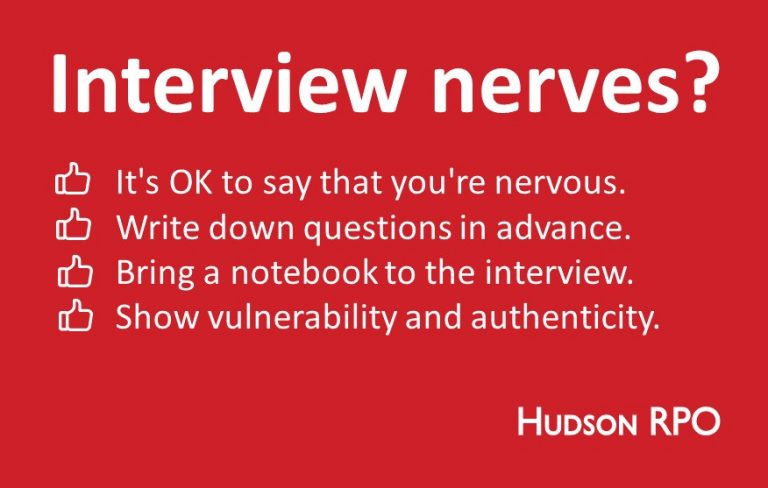In the world of recruitment process outsourcing (RPO), Hudson RPO client satisfaction ratings beat industry averages, new research reveals.
An extraordinary 100% of Hudson RPO clients expand the scope of service during renegotiation, according to findings from the 2019 RPO Baker’s Dozen Customer Satisfaction Survey, published by HRO Today magazine.
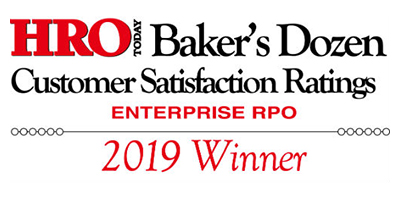
This outperform the industry average of just 80% of clients expanding the scope of service during RPO renegotiation.
The research highlights an impressive range of measures in which Hudson RPO outperforms the market. Conducted annually, the global survey incorporates feedback from more than 700 buyers of recruitment services.
The Baker’s Dozen analyzes customer insights from a range of global RPO providers, including AgileOne, Allegis, Alexander Mann Solutions, Cielo, Engage2Excel, Hudson RPO, Korn Ferry, PeopleScout, Pontoon, Randstad Sourceright, Resource Solutions, Sevenstep, and Wilson HCG.
Hudson RPO scores above category average in a variety of key service areas, which we’ll explore in detail below. Among the highlights:
- Hudson RPO scores 4.65 (vs. 4.47 industry average) in being flexible and scalable to changing client needs.
- The business also scores 4.41 (vs. 4.35 industry average) in helping the client’s approach to staffing.
High customer satisfaction drives loyal relationships
Client feedback reveals high customer satisfaction, with Hudson RPO scoring above average in 15 of 16 metrics examined:
- In the past 18 months, my company has not contemplated ending our outsourcing relationship with this provider due to service issues.
- This provider improved our talent acquisition during the time we outsourced to them.
- My company has received good value for the money it has spent on this provider.
- Based on my experience, I would recommend this provider to other organizations.
- This provider makes it affordable to add enhancements to my RPO program.

Contract implementation: Hudson RPO still dominates
For the second consecutive year, Hudson RPO ranks No. 1 worldwide for RPO contract implementation.
That ranking is based on overall client agreement with this statement: “The implementation of my outsourced recruitment services program was on time and on budget.”
Staffing functions improve with Hudson RPO partnerships, according to the Baker’s Dozen survey. Hudson RPO ranks in the top 2 for client agreement with this statement: “This provider improved our staffing function during the time we outsourced to them.”
Clients are also inclined to recommend Hudson RPO to other HR leaders, with the business ranking in the top 3 for client agreement with this statement: “I would recommend this provider to others.”

Which services are most popular with talent leaders?
Talent sourcing and interview scheduling lead the list of most-used services, according to Hudson RPO client feedback reported to HRO Today.
A notable 94% of respondents said they had used these services at Hudson RPO.
Hudson RPO also excels at account management, having scored in the top 3 for this statement: “The team assigned to my account does a very good job managing staffing operations.”
The business also ranks in the top 3 for affordability when adding enhancements to an RPO program.
That recognition is based on client agreement with this statement: “This provider makes it affordable to add enhancements to my RPO program.”

Hudson RPO clients use more services than average
Interestingly, Hudson RPO’s clients contract more services (an average of 10.5 services) than other providers in the comparison set.
For 2019, survey respondents used an average of 9.5 services across the industry.
According to the research, Hudson RPO client service utilization exceeds the Baker’s Dozen average the most in:
- Contingent or temporary talent acquisition
- Advertisement creation and placement
- Management of pre-employment screening processes
- Employment brand development consulting and program management
- Talent acquisition department budgeting support

In terms of technology, Hudson RPO clients are also more likely to use an applicant tracking system (ATS), compared to the industry average.
Learn more about RPO and the Baker’s Dozen
Are you intrigued by the latest HRO Today research? Want to learn more about RPO and total talent solutions? Contact us to set up a consultation focused exclusively on your talent strategy today.
